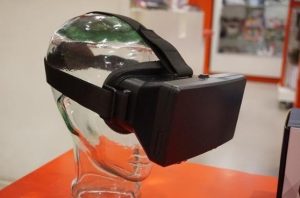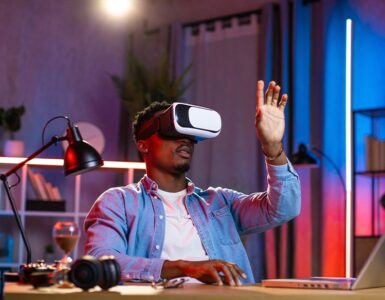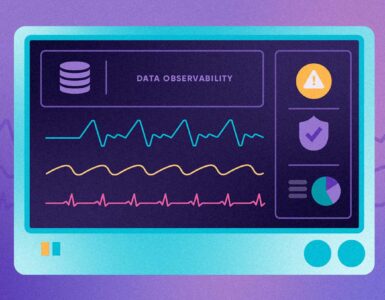The industry has learned to use augmented and virtual reality technologies most effectively to reduce costs, optimize processes, improve security and improve the quality of corporate education. We will tell you where, how, and why to apply VR/AR technologies in the largest segment of the economy.
In 2017, VR/AR technologies were included in the list of the most important digital technologies that have become fundamental for the implementation of various programs. By this time, examples of millions of foreign and domestic corporations have already proved that virtual and augmented reality is a practical and effective tool that will close important tasks at the stage of the digital transformation of production. At the same time, technologies every year demonstrate to businesses more and more new opportunities that open up in the process of launching pilot projects and researching the effectiveness of digital implementations.
What industrial companies need to know before implementing VR/AR?
Virtual and augmented reality technologies are practice-oriented tools that will not work without a specific need, set tasks, and understanding of the issues that the business needs to close.
To make a decision to buy VR/AR tools, you need to decide:
- What goals does the company want to achieve through the implementation of VR / AR, what tasks should it close?
- How exactly does technology help to achieve business goals?
- When closing what tasks of the company will virtual and augmented reality be most effective?
- How, where and on what VR equipment will employees learn and work?
- Who will oversee the VR/AR learning or work process?
- How will the piloting process be carried out, what indicators will be taken into account?
- What research should be done before purchasing solutions and after launching a pilot?
- How long will it take for the technology to pay off in the future?
https://pixabay.com/photos/woman-face-glasses-young-beauty-5998400/
It is also important to understand that VR/AR is part of the digital transformation of a company and immersive projects, like any other IT implementation, require a well-thought-out implementation strategy, preliminary analysis and collection of information, and monitoring of the effectiveness of solutions. In addition, it should be borne in mind that piloting a project is only the beginning of the journey. It is important to gain experience, to understand how the technology will be scaled, adjusted, or customized for specific business processes.
VR/AR for working with industrial equipment
The work of employees in industrial plants is almost always associated with risks, interaction with complex or even dangerous equipment, repairing unexpected breakdowns, and internal corporate communication. The specific practical skills of workers are especially important for industrial companies – working with specific hazardous substances and equipment. But the time spent on training personnel to work with the equipment can cost enterprises tens of millions of rubles because these are paid hours of trainers and personnel, possible breakdowns, emergency situations. VR/AR technologies allow reducing risks and costs, increasing safety, and making training more visual and understandable.
In industry, when training employees to work with the equipment, both VR and AR technologies are applicable. First, let’s figure out how virtual and augmented reality differ from each other and when what technology will be relevant to use.
https://pixabay.com/photos/vr-virtual-reality-glasses-911031/
VR/AR technologies in industrial safety
The trend of digitalization of industry has covered not only the areas of production, corporate training, but also the area of industrial safety and labor protection. Abnormal situations at enterprises require a quick response from specialists of various qualifications and prompt coordination of decisions to eliminate their consequences. VR allows employees to immerse employees of enterprises in a certain necessary situation for emergency response training: people feel the height, speed, interact with extremely dangerous objects and phenomena and learn to do it correctly.
Creating a copy of a production site or individual equipment in virtual reality is an extremely expensive process, therefore, it is technologically and economically feasible in areas of hazardous production or where high precision is required in performing actions. For other purposes, from an economic point of view, it is more efficient to use simplified models. Behavioral simulation in VR is well illustrated by the emergency response training we created for company employees working on a dangerous oil loading rack. Thanks to the introduction of VR technology, it became possible to check personnel directly in emergency conditions.





























